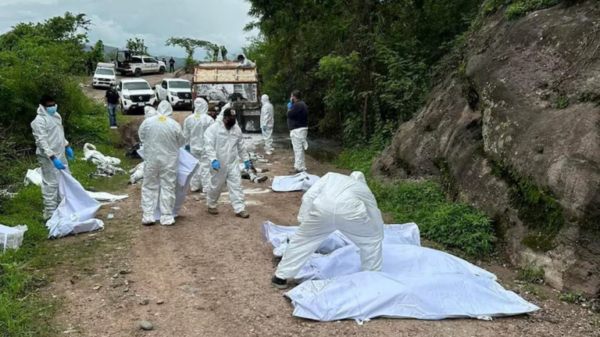Introduction
Preserving our cultural heritage is of utmost importance as it allows us to connect with our past, understand our present, and shape our future. As technology continues to advance, so does our ability to safeguard and conserve the treasures of our collective history. In this blog post, we will explore the latest advancements in preservation technology and how they are revolutionizing the way we protect and showcase our cultural heritage.
1. High-Resolution Imaging
One of the most significant breakthroughs in preservation technology is high-resolution imaging. With the advent of digital cameras and scanners, it is now possible to capture minute details of artifacts, paintings, and documents with exceptional clarity. This technology allows conservators and researchers to examine and analyze cultural objects without the risk of damage that traditional handling may pose. High-resolution imaging also enables the creation of accurate digital replicas, ensuring that the essence of our cultural heritage is preserved for generations to come.
2. 3D Scanning and Printing
Another exciting development in preservation technology is 3D scanning and printing. This innovative process involves scanning an object from multiple angles to create a digital model, which can then be reproduced using a 3D printer. This technology has revolutionized the way museums and cultural institutions can preserve and display fragile or valuable artifacts. 3D scanning and printing not only allows for the creation of exact replicas but also facilitates the study and analysis of objects in ways that were previously impossible. This technology has opened up new avenues for research and education, making cultural heritage more accessible to a wider audience.
3. Climate-Controlled Environments
Climate control plays a crucial role in preserving cultural heritage. Fluctuations in temperature and humidity can cause irreversible damage to delicate artifacts, such as paintings, manuscripts, and textiles. To combat this, advanced climate control systems are now being implemented in museums and archives. These systems maintain stable environmental conditions, ensuring the longevity of the objects on display. By creating optimal environments, cultural institutions can protect their collections and provide visitors with a more immersive and enjoyable experience.
4. Data Management and Storage
The digital age has brought about a wealth of opportunities for the preservation of cultural heritage. Digital databases and cloud storage solutions have made it easier than ever to manage and store vast amounts of information related to our cultural treasures. Curators, researchers, and conservators can now access and share data more efficiently, facilitating collaboration and knowledge exchange. Additionally, digital storage allows for the preservation of fragile or deteriorating documents and records, ensuring their accessibility for future generations.
5. Virtual Reality and Augmented Reality
Virtual reality (VR) and augmented reality (AR) technologies are transforming the way we experience and interact with cultural heritage. Through VR and AR, visitors can explore historical sites, museums, and exhibitions from the comfort of their own homes. These immersive technologies provide a unique opportunity to engage with cultural heritage in a way that transcends physical limitations. Virtual tours, interactive exhibits, and educational games are just some of the ways VR and AR are enhancing the preservation and accessibility of our cultural heritage.
Conclusion
The latest advancements in preservation technology are revolutionizing the way we safeguard and showcase our cultural heritage. High-resolution imaging, 3D scanning and printing, climate-controlled environments, data management and storage, as well as virtual and augmented reality, are all contributing to the preservation and accessibility of our collective history. By embracing these technologies, we can ensure that future generations have the opportunity to connect with and learn from our rich cultural heritage.


































